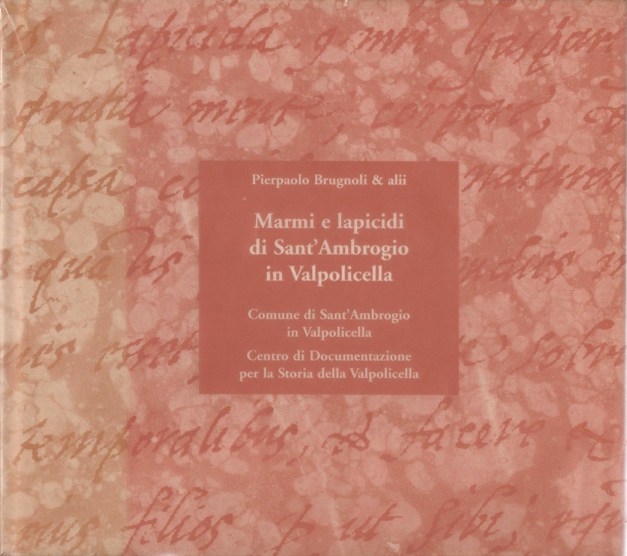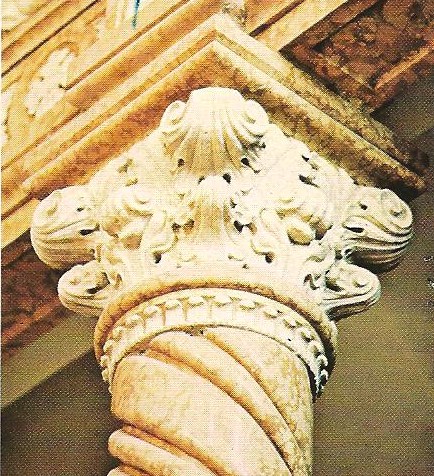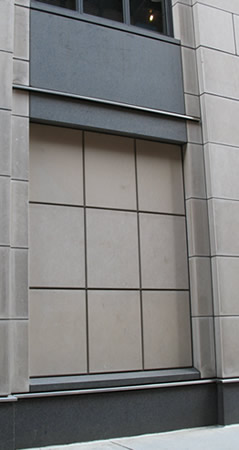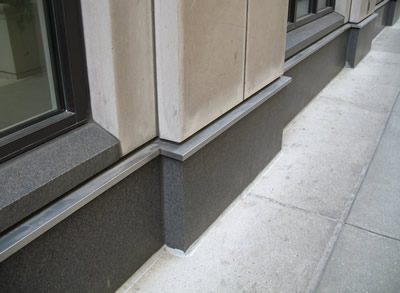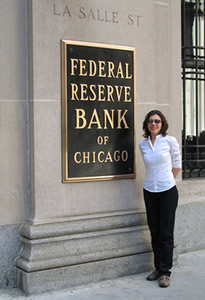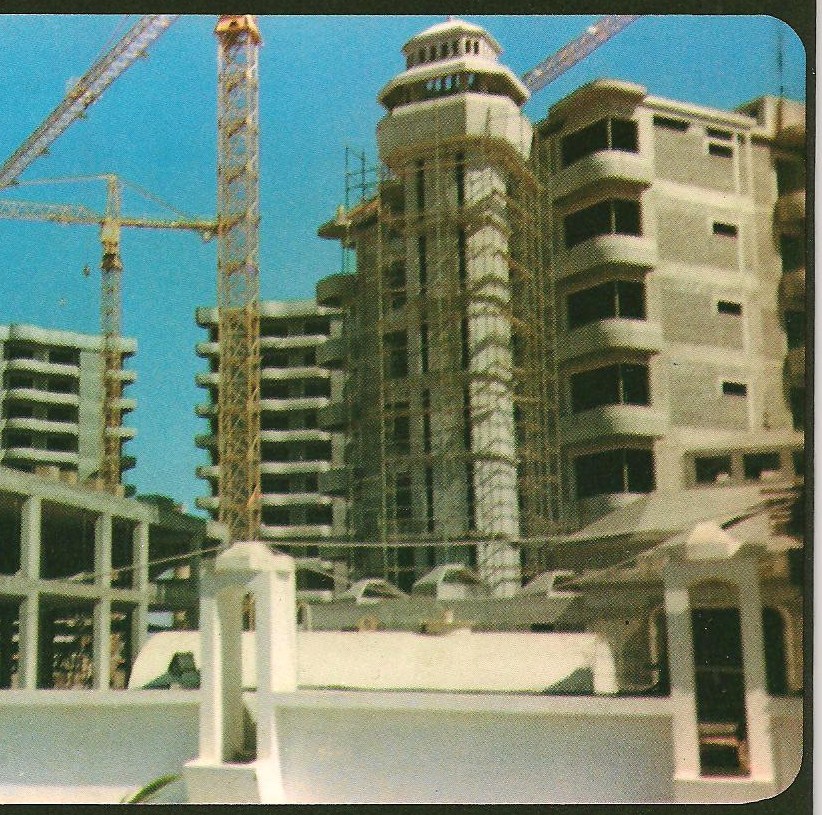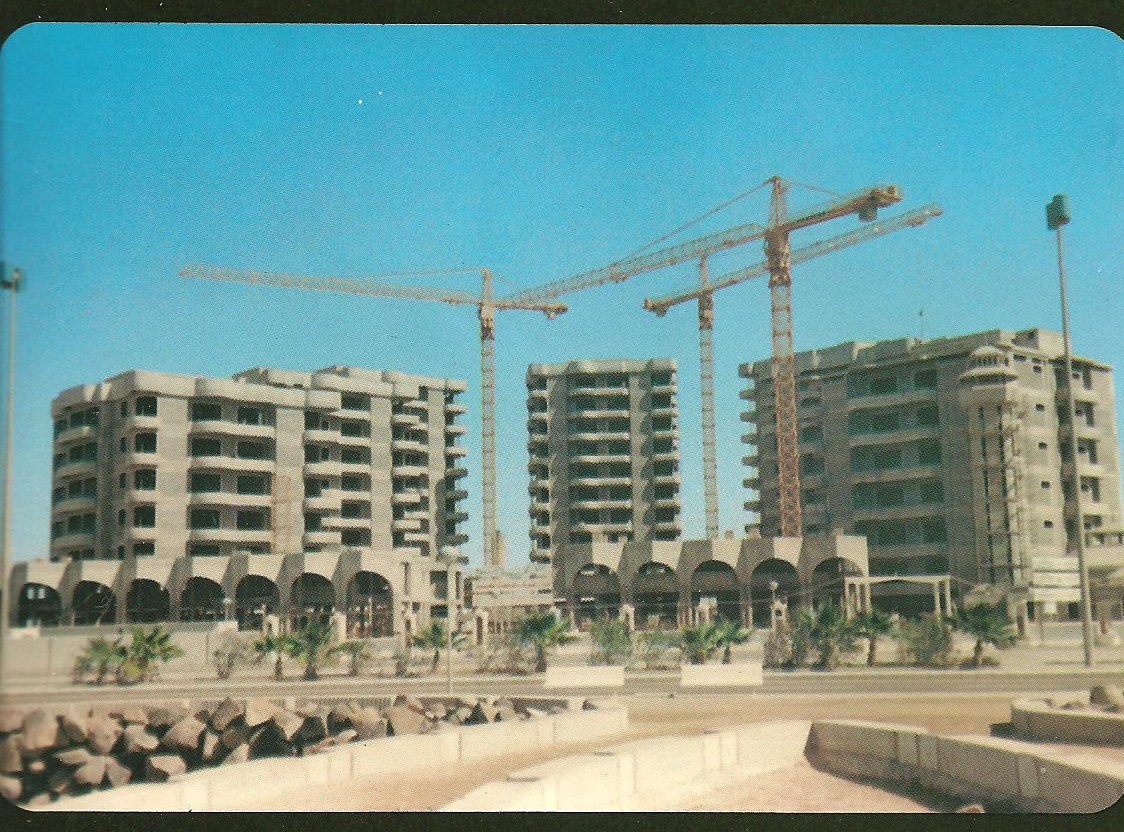The History of the Zorzi Family, 1460-Present
The Zorzi Group gathers the experience of many generations in the stone business. It grows from the talented work of two families, the Zorzis and the Crescinis, both with roots in the natural stone history of Italy, in the town of Sant’Ambrogio di Valpolicella near Verona.
"Zorzi," a name in the stone business since 1460.
Official documentation by the city hall of Sant’Ambrogio in Valpolicella (Italy) and by the center for the history of the Valpolicella region, confirms and provides important facts in the volume, “Marmi e Lapicidi di Sant’Ambrogio in Valpolicella dall’eta Romana all’eta` Napoleonica. Ricerca storica di Pierpaolo Brugnoli & Alli,edited in Verona May 1999” (translation: Marbles and Lapicidi of Sant’Ambrogio in Valpolicella from the Roman time to the Napoleon time, a historic research by Pierpaolo Brugnoli & Alli).
This historic account was made possible by the diligent research done by the Center of documentation for the History of Valpolicella and the research department at the city hall of Sant’Ambrogio in Valpolicella.
Quoting from the historical text, “The Zorzis are without doubt one of the most considerable families among those that brought about a large number of experts for the excavation, handcrafting and dealing of marble from the Sant’Ambrogio area.” Chapter 154 page 355 “(The Zorzi in the fifth century: Giorgio son of Gaspare, founder of the lineage.).
Some milestone dates in our family history:
1460: Founder of the family is the marble craftsman Giorgio, son of Gaspare. Giorgio’s maternal grandfather, Enrico, is a marble master craftsman, who names his grandson universal heir in his testament dated October 10, 1460. Therefore, Giorgio is descendant from a group of marble craftsmen natives of the town Campione in the Lombardia region, North Italy, and settles in Sant’Ambrogio di Valpolicella at the beginning of the fifth century. Giorgio has three sons, Adamo, Antonio and Bernardino who live in the house – shop – laboratory of the grandfather Enrico.
1482: Giorgio moves to the city of Verona in the S. Marco district.
1489: Giorgio’s son Bernardino becomes a marble craftsman like his father. Bernardino brings loads of rocks for the famous S. Mark’s Cathedral to Venice.
1490: Leaving from the river’s port of the town of Pescantina, Bernardino supplies columns, bases, and caps for the reconstruction of the Cathedral in the city of Modena.
1495: Giorgio and his son Bernardino are named owners of lands and quarries in the town of San Giorgio and the neighboring areas in Valpolicella. Also, the 1520 census shows that the family’s assets increased.
1498: Bernardino is also supplier of the door for the Sant’Eligio Church in Verona.
1499: Giorgio makes his will and names as heirs seven of his children: Sofia, Bernardino, Margherita, Gasparino, Ognibene, Gianbattista, Giuliano. According to official documents and a ducal letter, Giorgio is still alive on September 18, 1505.
1502: Giorgio supplies a column for the palace of Sir Lodovico il Moro in Ferrara and is acknowledged with the honorary qualification of engineer. In the same year he obtains from the Podesta of Verona (authority of Verona City) the license to export marbles and import wheat, cereals, and other goods.
1503: Giorgio collaborates on the reconstruction of the famous bridge “Ponte Navi”, which was in terrible condition due to the floods of the Adige River.
Giorgio’s son, Bernardino, had several sons: Gergorio, Enrico called Rigone, and Cesare Ambrogio. The most well known is Enrico Rigone. Enrico’s son, named Bernardino after his grandfather, also took on the marble trade. Bernardino sent a large quantity of handcrafted rocks to Galasso near Ferrara in 1514. Also, using as departure the port of Pescantina he furnished to the Cardinal Ercole Gonzaga all the columns of white marble for the Cathedral of the city of Mantova. In his will of May 27, 1553 in Verona he leaves some proprieties to other Zorzi relatives such as his cousins GianAntonio e Domenico, sons of Cesare, and Gabriele and Marco, sons of Adamo. However, Bernardino’s universal heirs are his children Fiore, Franceschino e Caterina.
1541: Domenico, a son of Cesare (the brother of Enrico Rigone, son of Bernardino) receives a payment for the Columns of the Coro in the Cathedral of Verona. Domenico has a son, Cristoforo, who also is a marble craftsman.
1596: Another son of Domenico, Adamo Zorzi, receives the commission to pave the flooring of the Church of Santa Maria in Organo, in Verona.
1583: Cristoforo’s only son, 16 year-old Gianbattista, decides to continue the direct lineage of the marble handcraftsmen trade for the Zorzi family.
1590: Adamo and Battistino Zorzi proceed in the construction of the façade for the Church of Santa Maria in Organo.
Cesare, son of Bernardino Zorzi, and his sons, Bernardino and Gregorio, continue the family tradition of marble craftsmen. Gregorio has two sons Bartolomeo and Nascibene. Bartolomeo has two daughters and one son named Gregorio.
1621: Another son of Bernardino Zorzi is Giulio Zorzi, who is now 55 and has two sons, Zambernardino and Tomio, ages 30 and 19 respectively.
1628: Census records note Giulio Zorzi and his sons are all marble craftsmen. Other Sant’Ambrogio lists dated to 1628 show Filippo Zorzi, 36 years old, and Gasparino Zorzi, 60 years old, both marble craftsmen.
During the 1600s and 1700s, the Zorzi family is very active in the marble world of Verona. Giovanni Zorzi signs up for the art school of marble craftsmen in Verona at the end of the 1600s.
1675: At the Church of Sant’Ambrogio, representatives of the Zorzi family are present for the Constitutional Act of the newly founded fraternity of Saint Bovo and the Coronati Saints, patrons of the marble craftsmen. At the same time, Tomio Zorzi, son of Giulio, confirms that the Zorzis are hand craftsmen, dealers, and owners of marble quarries.
In modern times the Zorzi’s tradition of stone craftsmanship continues
In the early 1900’s, three Zorzi brothers, Giacomo, Antonio, and Tullio are involved in the local production of marble in S.Ambrogio di Valpolicella. Giacomo and Tulio work for the Pellegrini family, while Antonio Zorzi becomes associate partner of the “Coperativa Marmisti” (photos below) of S.Ambrogio di Valpolicella
Calvarlier of the Republic, Mr. Antonio Zorzi
Ezio Zorzi, son of Antonio, precedes his father’s activity, first at Marmi Lasa in Alto Adige region, and then at Marmi Colorati in Carrara. After these experiences, Ezio Zorzi starts his own business, forming one of the first companies in that place and time who worked granite. Ezio exported granite to all of Europe in both slabs and custom cut sizes. For his work in developing Italy’s stone business, Ezio Zorzi was honored by the President of the Italian Republic with the title of “Cavaliere del Lavoro” (Knight of the Work).
1976: Ezio’s son, Roberto Antonio Zorzi, marriedPaola Crescini, the first-born daughter of Antonio Crescini. And thus two traditions in the local marble and granite production were united in one family.
Paola’s great grandfather, Antonio Crescini, who worked the local marbles according to the antique techniques, handed down through times, taught to the son Valentino the art, skill and love for marbles.Valentino Crescini, an honest and faithful man, built one of the largest companies of those times. With the help of his children, Antonio, Gianni, Angelo, andLibera, he developed a large scale industrial marble activity. After War World II, his son, Antonio Crescini, was able to save the family stone activity. His focus was in fabrication of local marble: Botticino and Rosso Verona, which he successfully exported in all of Europe. Antonio Crescini had four daughters, his first born; Paola helped him in the processing and accounting department, as the family enterprise grew.
1983: Antonio dies of a heart attack, perhaps the years of prison in Dachau, Germany during WWII, as well as the stress of the industrial activity, left a sign on his body. That same year, Roberto Antonio Zorzi and Paola Crescini began their own enterprise forming the Zorzi Group, specializing in foreign commercial projects in marble and granite.
Some of Roberto and Paola’s best known include:
- The Federal Reserve Bank of Chicago, IL –USA, with Granite Swedish Mahogany
- The Radisson Hotel of Minneapolis, MN-USA, with Marble Breccia Oniciata and special molding in Botticino Classico.
- The Mason Royal Hotel of Pusan, South Korea, which was built for the Olympic Games of Seoul, Korea.
- The Atallah Jarallah Project in Jeddah, Saudi Arabia, which includes supply & installation of more than 60,000 m2 of material by our team of 105 installers. With this project in Saudia Arabia, the Zorzi Group also begins the installation services for large commercial projects abroad.
Roberto becomes one of the first stone fabricators in the Verona area to produce “thin modular granite” installing the first assembly line for the processing of modular granite including superior measures up to 24” x 24”. This phase of experimenting machinery and research involved much energy and financing capital. From this situation, in conjunction with the European market depression, came the idea of transferring the experience and knowledge abroad, in search of further business opportunities overseas.
1995: After winning a “visa lottery, ” Roberto and Paola, along with their five daughters, moved to Seattle. With this move to the United States, the Zorzi family stone business begins its next chapter: the American market.
1999: Roberto and Paola founded the Zorzi Corporation/dba: Antony Architectural Stone, a corporation for the import, supply, fabrication, and installation of architectural and dimensional stone in the United States and around the world.
2012: The Zorzi family expands their U.S. processing facility by importing from Italy a new custom made machine: the “KRONOS CNC Rapid 725 ATC MOVE” with 5 interpolated axes. This new 3D digital technology will allow the company to operate on a local, national and international market by increasing efficiency, reducing waste, optimizing work time and productivity. The Zorzi family is now able to satisfy all custom architectural and dimensional stone requirements in the building industry.
The next chapter of the Zorzi family story is now being written, continuing its long-held tradition of pioneer courage, determination, and leadership in the marble and granite industry.


